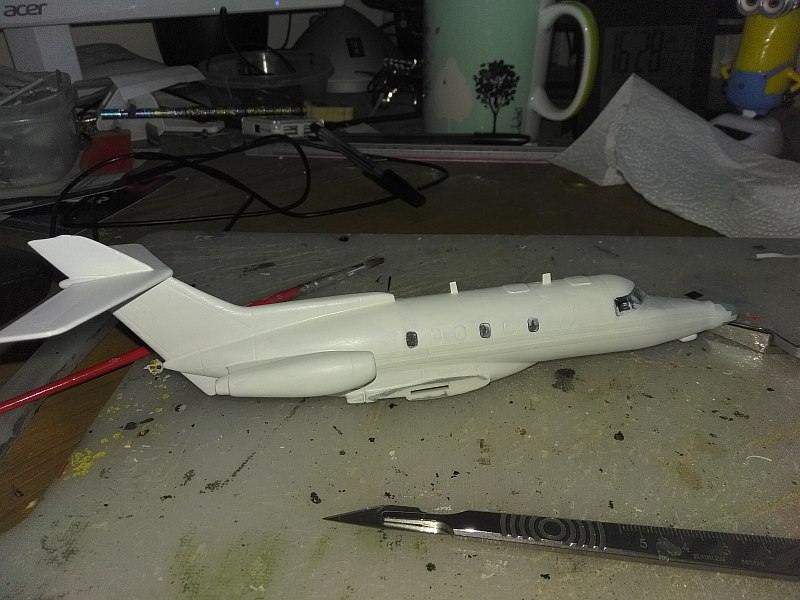April 2019
Boeing Chinook HC.2
BAe HS125 -
Boeing Chinook HC.2
18 Sqn RAF, Odiham/Gulf 2003.
Italeri 1/72 with own markings

© www.gengriz.co.uk
Whilst the paint dries on my main project, this is an old build from September 2008 that was looking the worse for wear after a number of years of travelling to model shows!
All of its blades were sagging alarmingly and one had broken off completely. To overcome this I have added some strengthening, in the form of trimmed down staples attached to the blade roots. Strength restored and I don’t think they are too obvious!
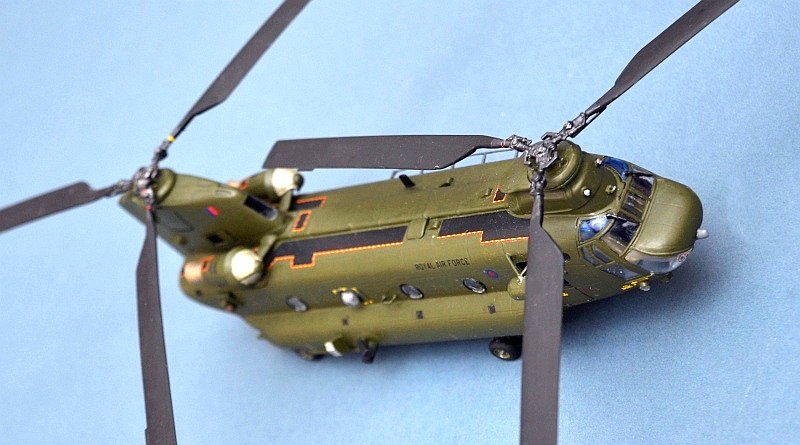
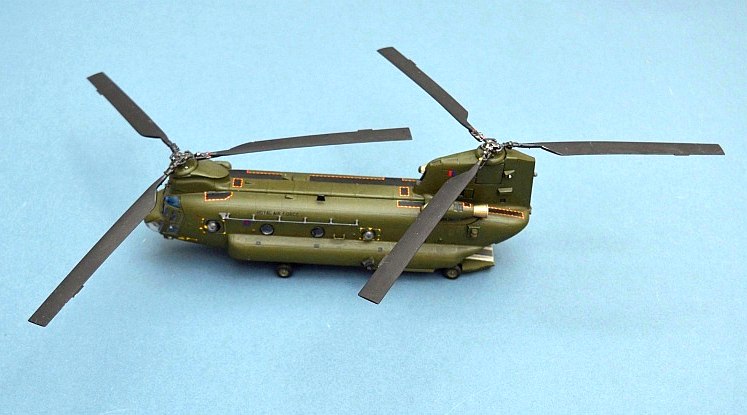
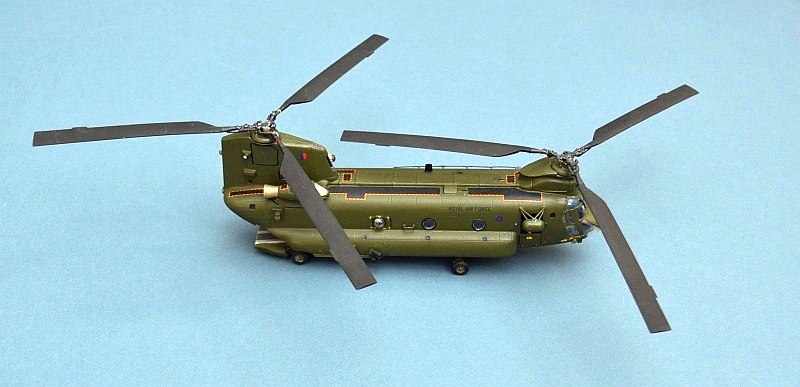
BAe 125 -
BAe Dunsfold, 1990
Matchbox 1/72 with scratch modifications
The British Aerospace 125 started life as the DH.125 DeHavilland Jet Dragon, flying for the first time in 1962. Initially marketed as the Hawker Siddeley HS125, later versions were built in the US by Raytheon Beechcraft as the Hawker 800.
In the early 1990s, two aircraft were converted for trials of the Sea Harrier FA.2 Blue Vixen radar. Fitted with a radome nose and Sea Harrier cockpit in the right hand seat , they also carried a single weapons pylon on the starboard wing able to carry a sidewinder acquisition round.
This project is requiring a little more effort and care than usual. I expect (hope) to finish next month, but in the meantime, here are a few progress pictures. The base kit is the nice but simple Matchbox HS125 kit from the 1990s. This is intended to represent an RAF CC.2 VIP transport variant which is the ideal starting point for the Blue Vixen equipped trials aircraft.
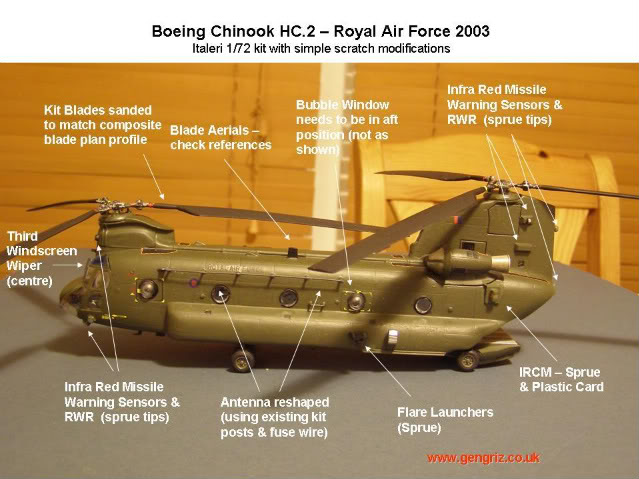
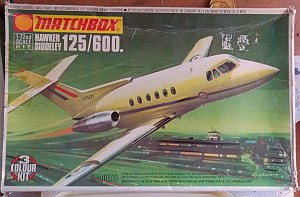
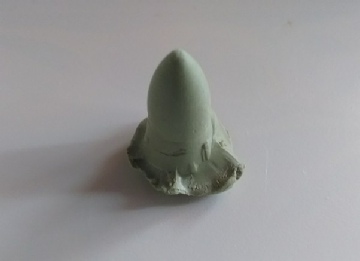
The Blue Vixen nose was cloned from an Airfix FA.2 model using silicon moulding agent and Milliput. Whilst slightly rough to start with, it tidies up nicely.
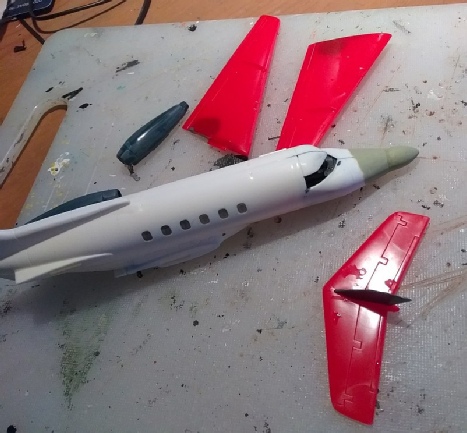
The main kit fits together very nicely. I made a few simple modifications to the cockpit, essentially new seats and a cockpit coaming, with a very rudimentary head up display to starboard. Very little of this can be seen once the windscreen is fitted.
The multi-
To try to overcome this, I added an overall grey coat. The wings have also received some detail work, opening up and boxing in the landing lights and nav lights, as well as adding the wing pylon.
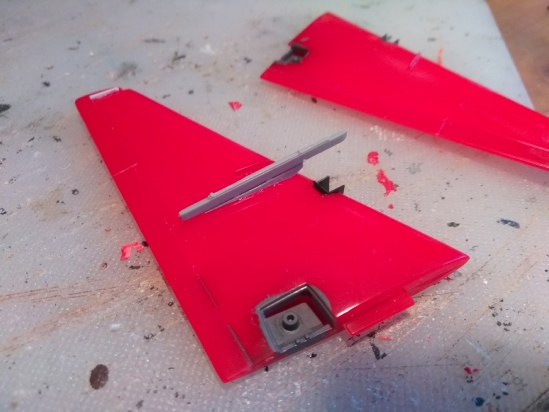
With the main fuselage shape complete, seams etc addressed and the doppler radar
mount added beneath the wing, the model received several coats of whit epaint, before
being masked up with Tamiya tape for the most difficult part -
Wings have been left off at this stage to give better access for painting the side stripes.
